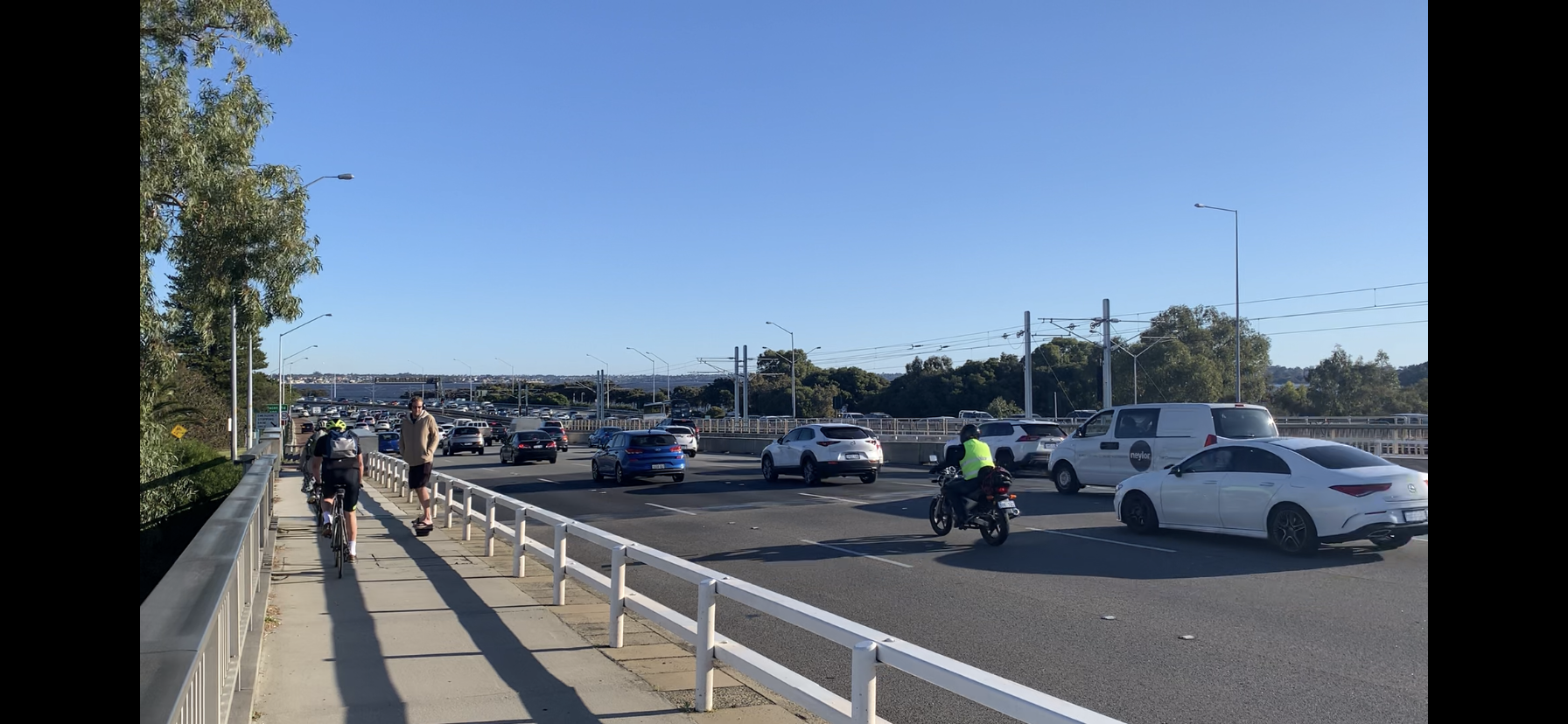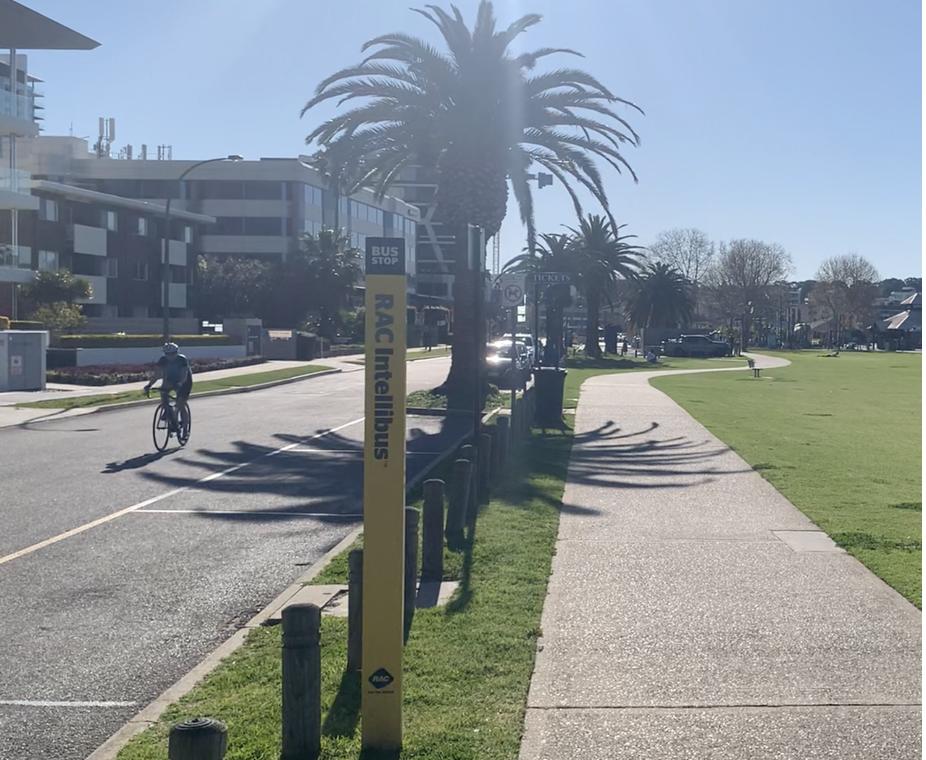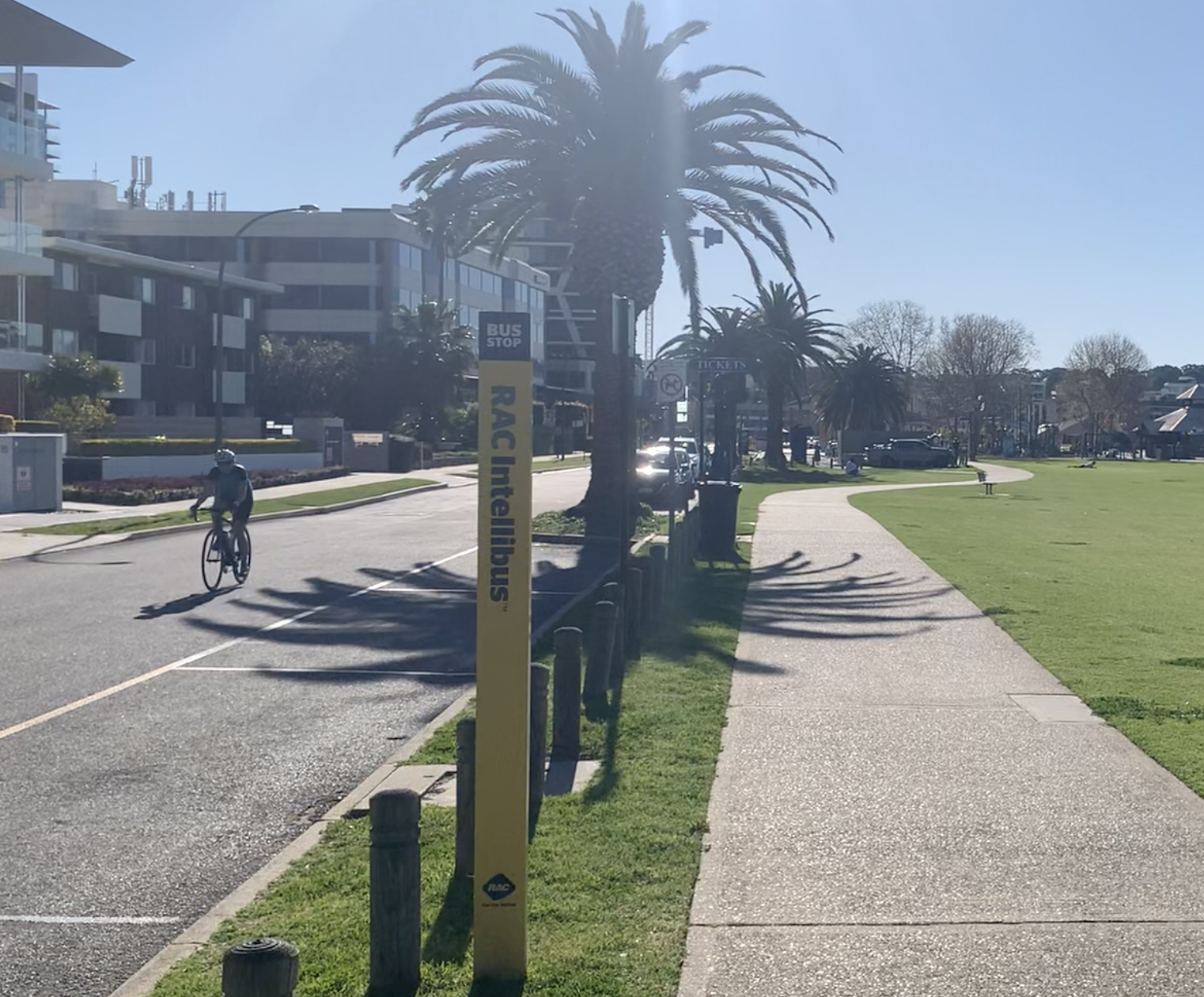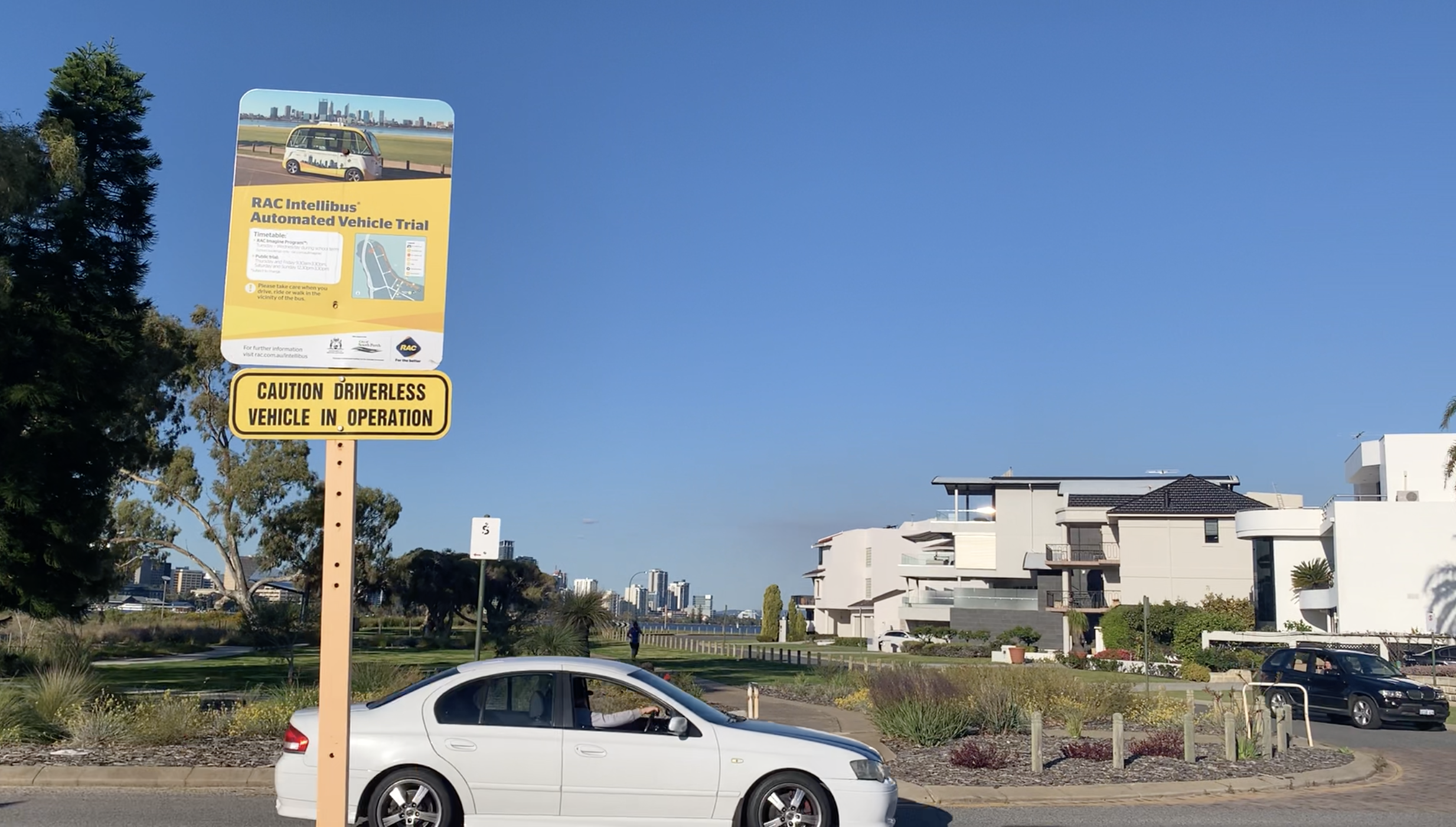Charging forward: Perth’s transport networks of the future

As society prepares for a new norm of electric and autonomous driving vehicles, Perth’s transport infrastructure is set for a shake-up, according to sustainable cities experts.
Perth, projected to become Australia’s third biggest city, is expected by the government to experience an influx of more than 300,000 people calling it home within the next decade.
Curtin University environmental scientist, author and educator Professor Peter Newman, who has written 20 books and more than 350 papers on sustainable cities as well as having served on the board of Infrastructure Australia, says the future of transport across the State rests on introducing trackless trams.
Trackless trams are neither a tram or a bus, having rubber wheels that allow it to operate on regular streets, reducing noise emissions via using satellites.
“We’ve never had a proper cross corridor system, we’ve only had the buses which are very chaotic and don’t really link very well to the train stations,” he says.
With population figures set to soar, urban planners and leaders will have headaches in projecting what the State’s transport networks look like into the future.
Department of Transport’s urban mobility executive director Justin McKirdy says the State will need to address the growing population and cater for the demand.
“With a growing population, there is only a finite capacity within the system and the networks and we need to employ all of the levers we’ve possibly got available to us to then cater for that demand,” he says.
“Electric vehicles present massive opportunity because their noise emissions are incredibly low and there’s a whole context around their emissions.”
One of Perth’s largest local councils is doing their part in future-proofing its transport networks, adopting a plan to promote more sustainable transport options.
The City of South Perth is rolling out an Integrated Transport Plan in September, detailing the future of its transport networks over the next decade which aims to endorse more walkable neighbourhoods, a well-connected cycling network and coordinated, efficient public transport.
City of South Perth Mayor Greg Milner says while the City’s transport networks are restricted in the ability to expand, his team are still aware there are many ways to mitigate the congestion and road use.
“We’ve prepared our first ITP [Integrated Transport Plan] so that the future transport network in the City of South Perth is planned and developed and it's safe, efficient and reliable,” he says.
The City of South Perth’s population is expected to grow to more than 65,000 by 2041.
“We know our population is going to grow,” he says.
“We know that we don’t have the ability to build new roads or widen roads, that’s just not possible in an area like South Perth, we’re not a green field site, so we need to reduce reliance on private vehicles and focus on making alternative modes of transport attractive and convenient.”
The City of South Perth have been looking for ways to future proof its transport networks for many years since the implementation of the RAC Intellibus, a driverless electric bus that has been trialed for five years and had more than 18,500 passengers.

Former Mayor of the City of South Perth Susanne Doherty says the Council has always emphasised sustainable transport and looking to the future is always important.
Ms Doherty says as the population continues to increase, it will become important to explore all transport options, whether that be a smaller bus system or something else.
“Transport and sustainability, you can’t separate them,” she says.
Mr McKirdy says local governments have the opportunity to act on their transport concerns.
“The local governments do a large amount of lifting in the transport space,” he says.
However, Prof. Peter Newman believes electric driverless vehicles are not the immediate solution to Perth’s pending transport concerns.
“They're still buses. You need the much fancier trackless trams to get the people out of their cars,” he says.
“We've got to have a better system that links across east to west with the Metronet system being north to south.”
“It is a mid-tier transit system that would emerge and they are now on the agenda in many cities. You need to do both trackless trams and urban regeneration projects.”
Ultimately, Prof. Newman still believes electric vehicles and autonomous vehicles will be an essential part of the future in transport and promoting a sustainable city.
“The trackless tram is all of the best of autonomous technology in a vehicle that is, comfortable, safe and will get you there quickly,” he says.
“They [electric vehicles] are happening and, very important, they do happen. The electro mobility revolution is extraordinary and it will come very quickly.”
Clean State WA an organisation which supports climate action throughout the State, says investing in transport infrastructure is an essential step in reducing WA’s carbon emissions.
Spokesperson Luke Sweet says there is a lot of work to do in reducing the reliance on private vehicles.
“Perth is one of the most car-dependent cities on the planet,” he says.
“The Perth Metropolitan area could have a trackless tram system, one that links closely with where people live and work but provides all the benefits of light rail at a significantly lower cost and with less disruption.”
While electric cars seem all the fuss for the future, Prof. Newman says Perth should adopt a similar European style to Denmark or Copenhagen in reducing the reliance on private vehicles.
“[We need] an ecosystem of transport, from the fast train to the trackless trams across the corridors down to the shuttles that go around those shorter distances down to the bus which is electric and down to cycling and riding around on electric devices take you into that centre as well,” he says.
“All of that doesn’t need to involve a car,” he says.

The RAC Intellibus is an example of the efforts the City of South Perth has made in the past in future proofing its transport networks. Credit: Louis Allen
The RAC Intellibus is an example of the efforts the City of South Perth has made in the past in future proofing its transport networks. Credit: Louis Allen

